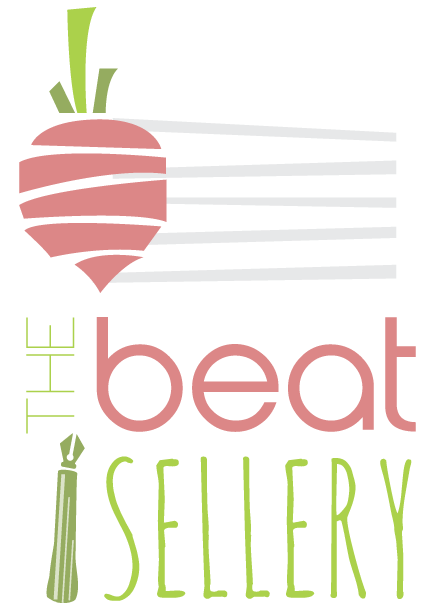Section 2 was one of the most helpful to our ensemble. We used a metronome (the conductor’s score suggests using one for all exercises) and students made terrific gains in understanding and playing the rhythmic subdivisions with clarity (side note—the apps Tonal Energy and Pro Metronome are great for setting up a metronome with shifting subdivisions). Section 2 also includes a set of drills focusing on pick-up notes.
Sections 3 through 6 overlap in some ways. Much of the focus is on playing increasingly large intervals with accuracy and consistent tonal color. Some exercises are set up for a model to demonstrate a particular pattern and have the ensemble repeat it. Toward the end of section 5 and in section 6, exercises are presented as a duet, playing in an interval to practice changing notes and staying in tune.
I did not make as much use of sections 7 through 10 as the rest of the book, though I think they could be very worthwhile. Section 11 presents a helpful approach for learning to play fast passages with good technique. Basically, it takes a passage of sixteenth notes and slows it down to 25% by re-writing the music as quarter notes. It also begins with only some of the notes, gradually adding the pitches in to build confidence in the fingers. The tempo is controlled by switching to eighth notes next and then sixteenths so that the pulse remains the same throughout the whole set of exercises.






